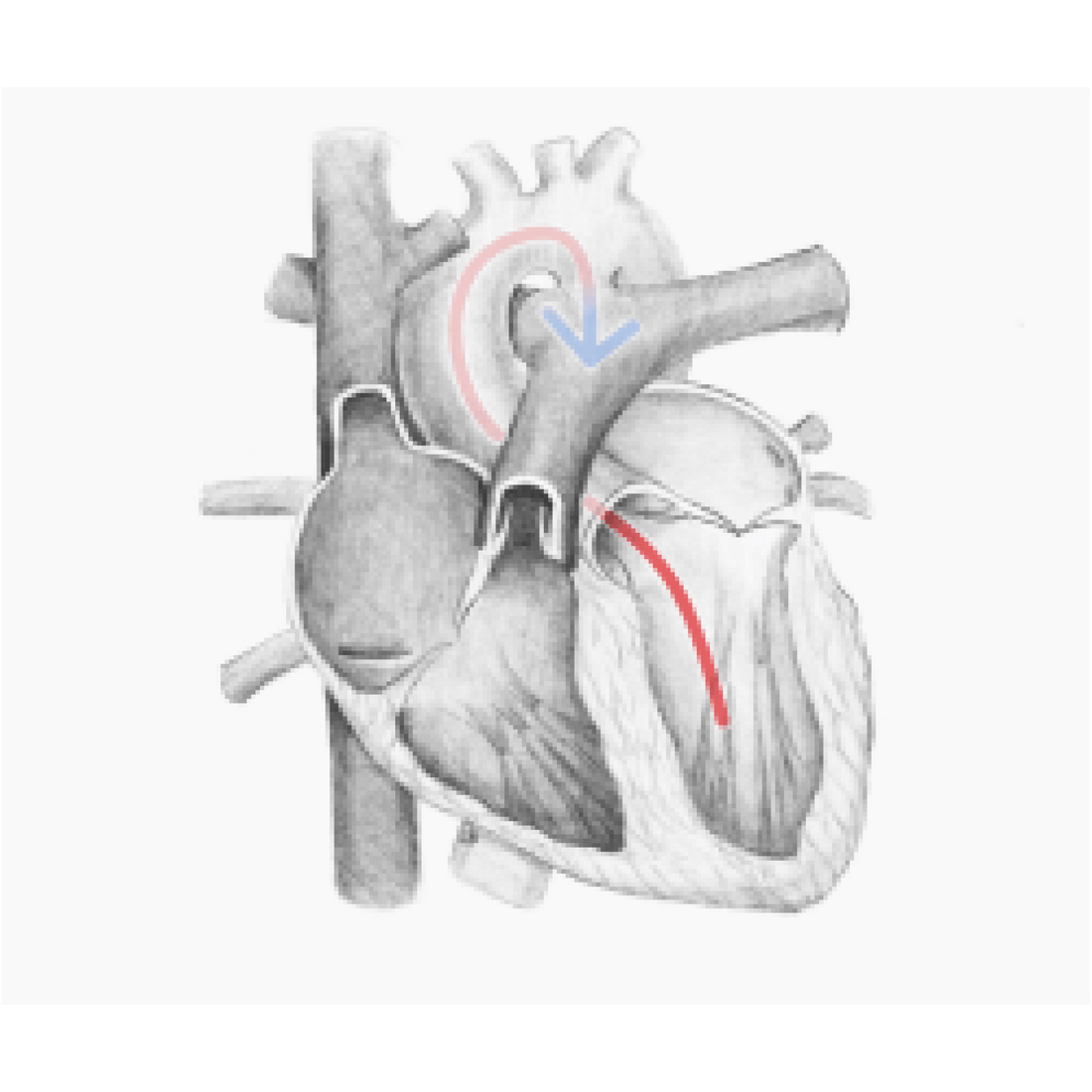Patent Ductus Arteriosus (PDA)

Overview
Patent Ductus Arteriosus (PDA) is a congenital defect where the ductus fails to close in the early weeks of life, resulting in the abnormal transmission of oxygenated blood to flow back to the pulmonary circulation from the aorta. PDA commonly occurs in premature newborns who have under-developed heart and lungs, which presents with signs of persistent respiratory problems, such as hypoxia.

Pathophysiology
The ductus arteriosus is a vascular structure, connecting the aorta to the pulmonary artery, that is essential to fetal development and normally closes soon after birth. In some newborns, however, the ductus arteriosus remains patent, resulting in oxygenated blood flowing from the aorta to the pulmonary artery. A small patent ductus arteriosus (PDA) may not cause any problems and not require treatment, however, a large PDA left untreated can lead to pulmonary hypertension and other complications, such as heart failure.

Audio
Harsh, machinery-like continuous murmur best heard in the upper left sternal border.

ECG
ECG is typically normal for a small patent ductus arteriosus (PDA). ECG may show signs of left ventricular hypertrophy with large PDAs.
Actual recording
This sound was recorded using a stethoscope powered by Eko technology.
Medical Advice Disclaimer
DISCLAIMER: THE CONTENT SET FORTH HEREIN DOES NOT PROVIDE MEDICAL ADVICE NOR IS AN ATTEMPT TO PRACTICE MEDICINE
The information, including but not limited to, text, graphics, images, and other material contained on this website are for informational purposes only. No material on this website or document are intended to be a substitute for professional medical education, advice, diagnosis, or treatment.